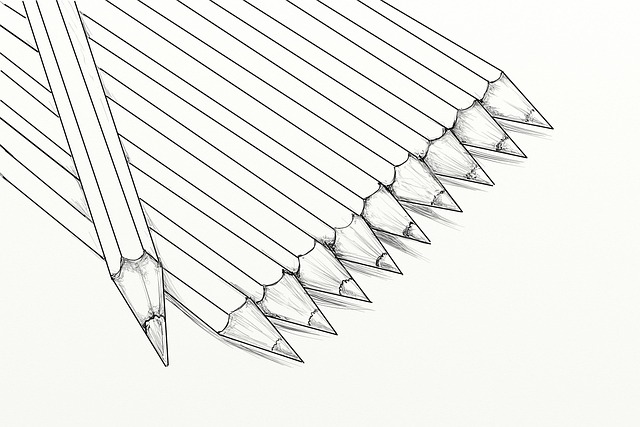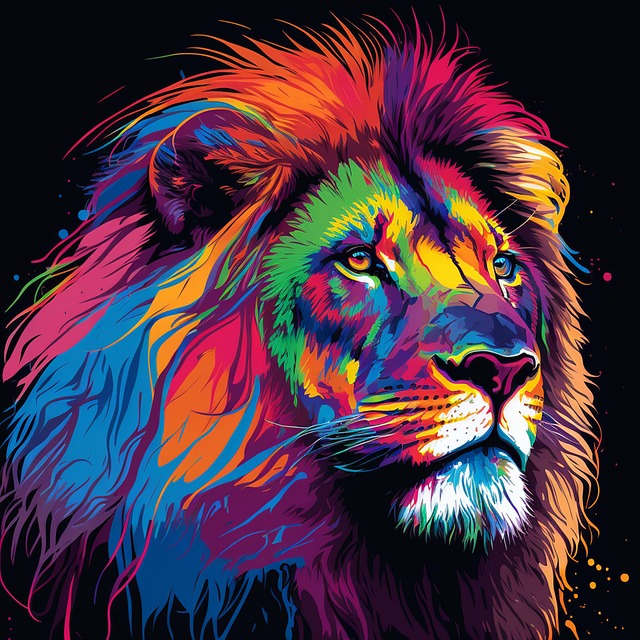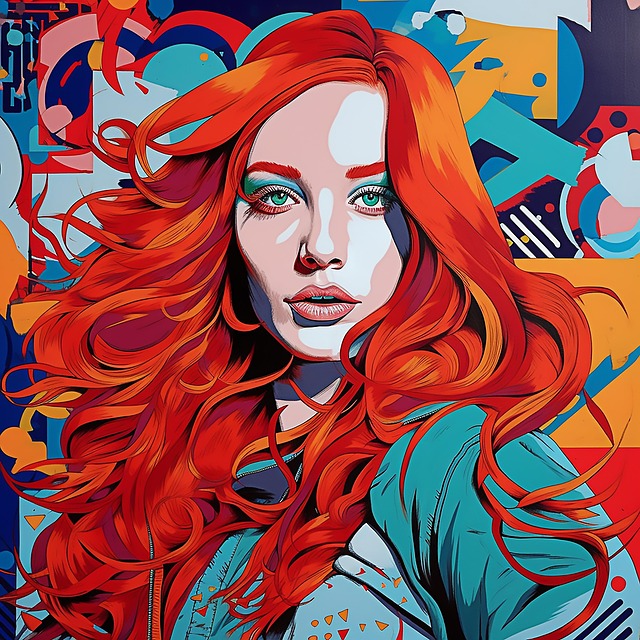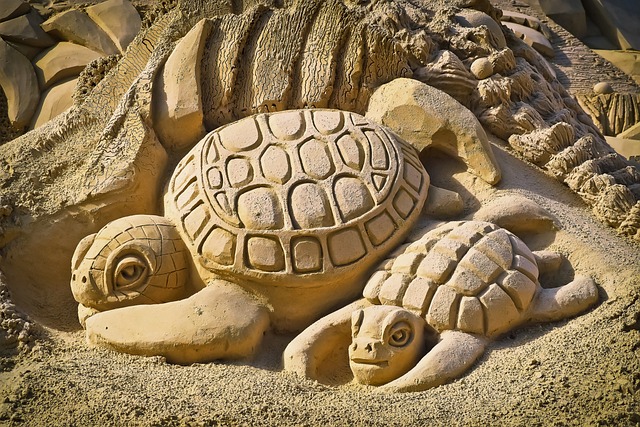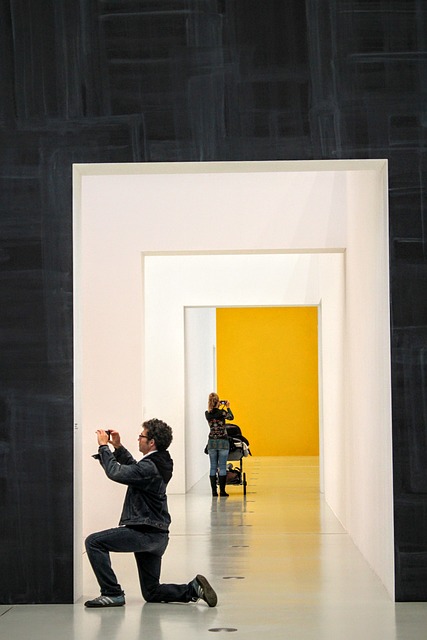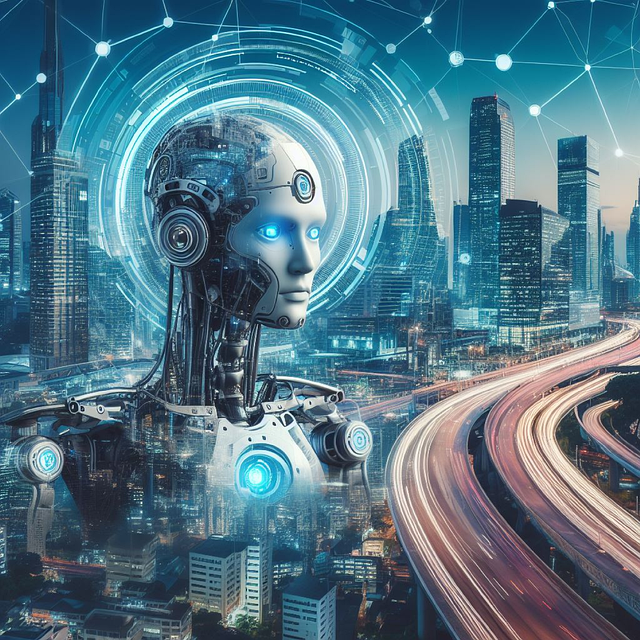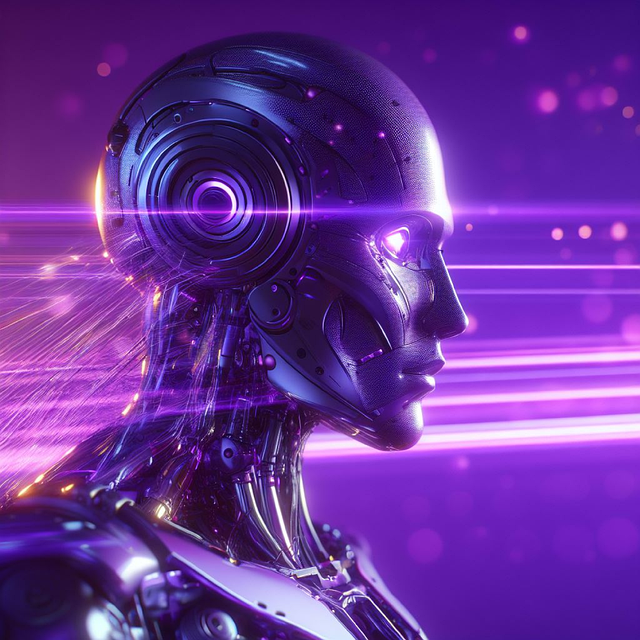art
Art: A Comprehensive Exploration
Introduction
Art, in its myriad forms, is a universal language that transcends boundaries, cultures, and time. It is an integral part of human history, expression, and evolution. This article aims to take you on a journey through the multifaceted world of art, exploring its definition, global impact, economic value, technological integration, regulatory frameworks, challenges, and future potential. By delving into these aspects, we will uncover the depth and significance of art in our society, offering insights for both connoisseurs and newcomers alike.
Understanding Art: Defining the Essence
Definition: Art is a creative process that involves the expression of ideas, emotions, and aesthetics through various mediums such as painting, sculpture, photography, architecture, literature, music, dance, and more. It is a form of communication that goes beyond words, inviting viewers to interpret and engage with its unique message.
Core Components:
- Creativity: The foundation of art lies in the creative process where artists translate their visions into tangible forms.
- Aesthetics: Art appeals to our sense of beauty, evoking emotions and stimulating our senses.
- Expression: It serves as a means of self-expression, allowing artists to convey personal experiences, ideas, and beliefs.
- Interpretation: The essence of art lies in its ability to inspire interpretation, encouraging viewers to engage with the piece on a personal level.
Historical Context: Art has evolved over centuries, reflecting the cultural, social, and political climate of each era. From ancient cave paintings to Renaissance masterpieces, and contemporary digital installations, art has taken many forms. It has played a pivotal role in shaping civilizations, preserving history, and fostering cultural exchange. For instance, the Mona Lisa by Leonardo da Vinci not only captivates with its artistic mastery but also reveals insights into the Renaissance period’s social dynamics and artistic innovations.
Global Impact and Trends
Art knows no borders, and its influence is felt worldwide. Here’s a global outlook:
-
Cultural Preservation: Art forms serve as cultural guardians, preserving traditions and heritage. Indigenous art movements across different regions showcase unique aesthetics and narratives, fostering a sense of identity and community.
-
International Exchange: Exhibitions, festivals, and collaborations facilitate the exchange of artistic ideas on an international scale. Events like the Venice Biennale bring together artists from diverse backgrounds, celebrating cultural diversity and fostering global artistic dialogue.
-
Regional Diversity: Each region boasts distinct art styles influenced by local histories, mythologies, and natural environments:
| Region | Art Styles | Notable Examples |
| —— | ———- | —————- |
| Africa | Mask Dance, Sculpture | Masai tribal masks, Benin bronze sculptures |
| Asia | Calligraphy, Ukiyo-e Woodblock Printing | Chinese calligraphy, Japanese woodblock prints by Hokusai |
| Europe | Renaissance, Impressionism | Michelangelo’s sculptures, Monet’s water lilies |
| North America | Abstract Expressionism, Pop Art | Jackson Pollock’s drip paintings, Andy Warhol’s Marilyn diptych |
Economic Considerations
The art market is a dynamic economic sector with significant global implications.
-
Market Dynamics: The art market has experienced rapid growth, driven by increasing global participation and investment. Auctions like Sotheby’s and Christie’s regularly set world records for artistic sales. In 2021, the global art market reached an estimated value of $64 billion, with a year-on-year growth rate of 9%.
-
Investment Patterns: Art has emerged as a valuable investment asset, offering diversification and potential high returns. Collectors often view art as a hedge against inflation, with some pieces appreciating exponentially over time. For instance, Andy Warhol’s “Silver Car Crash (Double Disaster)” sold for $105 million in 2017, making it one of the most expensive artworks ever sold.
-
Economic Impact: The artistic industry contributes significantly to global GDP, creating employment opportunities and fostering cultural tourism. Art events and galleries attract visitors, boosting local economies. According to a report by the International Council of Museums (ICOM), museums generated over $42 billion in economic activity worldwide in 2018.
Technological Advancements in Art
Technology has revolutionized the art world, opening new avenues for creation and appreciation:
-
Digital Art: The rise of digital media has given birth to new artistic forms like digital paintings, 3D rendering, virtual reality (VR) experiences, and interactive installations. Artists like Refik Anadol create immersive digital artworks that transform public spaces, challenging traditional notions of art exhibition.
-
Artificial Intelligence (AI): AI is being used to generate art, with algorithms creating unique visual and musical compositions. While some view this as a threat to human creativity, others see it as an exciting collaboration between technology and artistic expression. For example, the AI-generated portrait “Portrait of Edmond Belamy” sold at Christie’s for $432,500 in 2018.
-
Print-on-Demand: This technology allows artists to create and sell limited-edition prints and products with ease, expanding their reach and revenue streams. Online platforms like Society6 and Redbubble enable artists to monetize their work without the need for traditional galleries or distributors.
Policy and Regulation
Artistic expression is often subject to legal frameworks that protect intellectual property rights and ensure ethical practices:
-
Copyright and Intellectual Property: Laws protect artistic works, ensuring artists retain control over their creations and receive recognition and compensation. Copyright regulations vary by country but generally grant exclusive rights to reproduce, distribute, display, and perform original artworks.
-
Export Controls: Some countries impose restrictions on the export of cultural goods, including art, to protect their national heritage. These policies require permits and certifications, ensuring proper documentation and preventing illicit trafficking of cultural artifacts.
-
Taxation and Incentives: Governments offer tax incentives and grants to support artists and encourage artistic production. These measures aim to foster a thriving arts community and contribute to cultural development.
Challenges and Criticisms
The art world faces several challenges that require attention and innovative solutions:
-
Accessibility: Art is often perceived as elitist, with high-end auctions and exclusive galleries limiting accessibility for many. To address this, initiatives focused on community engagement, public art installations, and online platforms that democratize art appreciation are gaining traction.
-
Plagiarism and Forged Art: The digital age has made it easier to reproduce and distribute artistic works, leading to concerns about plagiarism and the spread of forged art. Advanced authentication technologies and robust copyright enforcement are essential to mitigate these issues.
-
Lack of Diversity: The art world has been criticized for its lack of diversity in terms of artists’ backgrounds, representation, and opportunities. Efforts to promote inclusivity, support marginalized artists, and encourage diverse perspectives within the artistic community are necessary steps forward.
Case Studies: Successful Art Applications
1. The Power of Public Art (San Francisco, USA)
San Francisco’s public art program has transformed the city into a canvas for creativity. The “Public Art Program” aims to enhance community spaces with diverse artworks, fostering a sense of ownership and cultural pride. This initiative has led to the creation of iconic installations like “The Wave Organ,” which converts ocean waves into music, attracting tourists and locals alike. The program’s success lies in its community engagement strategies, ensuring local residents are involved in the artistic process.
2. Art for Social Change (South Africa)
Post-apartheid South Africa has seen a thriving street art movement that serves as a powerful tool for social commentary and transformation. Artists like Zineb Salah and Kanyo Couplie use murals to address issues of racial inequality, gender rights, and social justice. These public artworks spark conversations and challenge societal norms, making art an effective agent of change. The government’s support for street art initiatives further empowers this movement.
3. Digital Art Revolution (Estonia)
Estonia’s digital society has embraced technology in the art realm, creating unique opportunities. The country hosts the annual “Digital Art Festival,” attracting artists and enthusiasts worldwide to explore digital media and interactive installations. Estonia’s e-Residency program allows artists from around the globe to obtain a digital identity, enabling them to collaborate and exhibit online, fostering a global artistic community.
Future Prospects: Emerging Trends and Opportunities
The art world is poised for exciting developments in the coming years:
-
Virtual and Augmented Reality (VR/AR): These technologies will continue to shape the future of art exhibition and appreciation. Immersive experiences will allow viewers to engage with art in new ways, enhancing accessibility and interactivity.
-
Sustainable Art Practices: There is a growing emphasis on environmentally conscious artistic creation and exhibition. Artists are exploring sustainable materials and methods, while galleries and museums are adopting eco-friendly practices, addressing the environmental impact of the arts industry.
-
Metaverse and Digital Ownership: The metaverse, a virtual reality space, presents new avenues for artistic expression and ownership. Digital assets, including NFTs (Non-Fungible Tokens), offer artists unique opportunities to monetize their work in this emerging digital realm.
-
Global Collaboration: The internet facilitates international collaborations, enabling artists from diverse backgrounds to connect and create together. This trend fosters cultural exchange and expands the creative boundaries of art.
Conclusion: Embracing Art’s Enduring Legacy
Art is an ever-evolving aspect of human civilization, reflecting our past, shaping our present, and envisioning our future. From ancient cave paintings to contemporary digital installations, it has served as a universal language that transcends borders, cultures, and time. This article has explored the multifaceted world of art, highlighting its historical significance, global impact, economic value, technological integration, regulatory frameworks, challenges, and exciting future prospects.
As we navigate the ever-changing artistic landscape, it is essential to recognize the power of art in fostering cultural understanding, inspiring creativity, and driving social change. By supporting and engaging with art, we contribute to its enduring legacy and ensure that this vital expression of human experience continues to flourish for generations to come.
FAQ Section: Answering Common Art-Related Queries
Q: What makes a piece of art valuable?
A: Art value is subjective and determined by various factors such as artistic significance, rarity, historical context, artist reputation, and market demand. These elements contribute to the economic value placed on a particular artwork.
Q: How can I start a collection of modern art?
A: Building a modern art collection requires research, patience, and an eye for emerging talent. Start by exploring galleries, art fairs, and online platforms. Consider seeking advice from art experts or consultants to ensure the authenticity and potential growth value of your acquisitions.
Q: What is the role of art in social change?
A: Art has been a powerful tool for social commentary and activism throughout history. It challenges societal norms, raises awareness about important issues, and inspires dialogue. Public art installations, street art, and community-driven artistic initiatives often play pivotal roles in driving social transformation.
Q: How can technology enhance the art experience?
A: Technology offers new ways to engage with art, making it more accessible and interactive. Virtual reality (VR) and augmented reality (AR) technologies provide immersive experiences, while digital platforms enable artists to reach global audiences. Online art communities and databases also facilitate art discovery and research.





